felv vaccine for cats how often
Most cat URIs are caused by infection with one or both of the cat flu viruses. FIP is also more common in cats kept in groups or colonies especially breeding households as this is an environment where FCoV infections are spread.

All About Feline Leukemia Virus Felv Great Pet Care
Exposure to infected cats raises your cats risk of contracting FeLV especially for kittens and young adult cats.
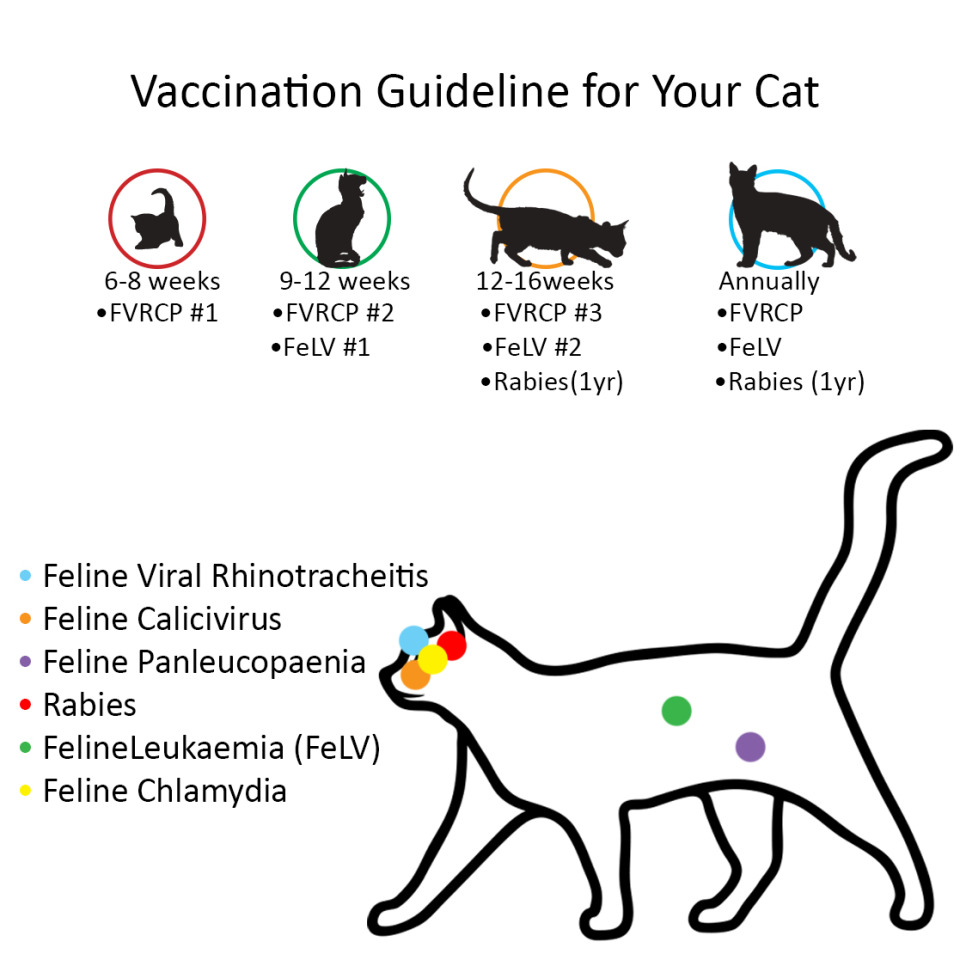
. Contemporaneous with the implementation of stricter vaccination recommendations and the development of adjuvanted killed rabies and feline leukemia virus FeLV vaccines pathologists at the University of Pennsylvania began recognizing an increase in the incidence of vaccine reactions. Causes of URIs in cats. Feline herpes virus FHV or FHV-1 formerly known as feline rhinotracheitis virus Feline.
Feline cancer initially manifests as a lump or bump on any parts of the body. However there is some evidence that the inactivated vaccines may be more efficacious Patel et al. An effective vaccine for prevention of Feline Leukemia Virus FeLV a highly contagious and lethal retrovirus.
FeLV is more contagious and prevalent in younger cats. For cats at risk annual vaccination. And depending on the tumour it can spread to other parts.
In the United States cats make up 46 of reported cases of rabies infected animals. The good news is that it is completely preventable. About 20 to 30 years ago this virus led to cancer development in young cats 2 to 5 years old.
FeLV depresses the immune system and tends to lead to persistent infection. Fortunately the prevalence of FeLV in cats has decreased significantly in the past 25 years since the development of an effective. Cats suffering from this type of FIP will often show ocular or neurological signs too.
FCOV is also one of the most common viruses in cats but the vaccination is classified as not generally recommended 3. Feline leukemia virus FeLV is a virus that infects only cats. Older cats are less likely to contract the infection because resistance seems to increase with.
The vaccination against FIP does exist but it is classified as not generally recommended. A third vaccine is often given between 1416 weeks of age. With the advent of virus testing vaccination against FeLV and selective breeding the cancer caused by this virus has diminished greatly.
Will vaccination always protect my cat. Cancer in cats is the leading cause of death among cats. Vaccination is not recommended for FeLV-positive cats and indoor cats with no likelihood of exposure to FeLV.
1 More importantly they also noted an increase in the development of. Cats and kittens of all ages. This is particularly important for young cats which are at the highest risk of infection.
The disease is often spread by apparently healthy cats so even if a cat appears healthy it may be infected and able to transmit the virus. Attaches itself to the tissue under the skin in that area. A booster vaccination is then given 6 12 months later with further booster shots every 1 3 years depending on the cats needs.
Feline leukemia virus FeLV a retrovirus. There is no treatment to eliminate the FeLV virus from the body and the disease. FeLV cannot be spread to humans or other species.
FeLV is a very contagious and deadly virus that is shed in bodily fluids of cats and can be spread to a healthy cat or kitten if it comes into direct contact or shares food or water bowls with an infected cat. Feline leukemia virus FeLV is a disease that impairs the cats immune system and can cause cancer. As I mentioned the virus FeLV can cause cancer in cats.
A booster vaccination is then given 6 12 months later with further booster shots every 1 3 years depending on the cats needs. Feline Leukemia Virus FeLV. It rapidly grows in the affected cell.
This vaccine is highly effective for prevention of Feline Leukemia Virus FeLV. Rabies a fatal disease transmitted by the bite of an infected mammal. Use of the recombinant FeLV vaccine offers the potential advantage of a decreased risk of sarcoma formation Srivastav et al 2012.
This vaccine is highly effective for prevention of Feline Leukemia Virus FeLV. It is found worldwide and is transmitted through the exchange of bodily fluids. FeLV cannot be spread to humans or other species.
It is caused by uncontrolled cell growth and affects a wide range of cell types and organs in the body. This viral infection is responsible for too many deaths in household cats affecting all breeds. The leading cause of virus-associated deaths in cats FeLV spreads through the saliva nasal secretions feces urine and milk of infected cats.
Feline leukemia virus FeLV is one of the most common infectious diseases in cats affecting between 2 and 3 of all cats in the United States. Although vaccination and test and removal prevention methods have led to decreases in the prevalence of FeLV since the mid-1980s stagnation in this decline has been reported in some countries in the late 2010s234 References Feline leukemia virus FeLV is one of the most common infectious causes of disease of cats globally. Your Cats Risk Factors.
FeLV is a very contagious and deadly virus that is shed in bodily fluids of cats and can be spread to a healthy cat or kitten if it comes into direct contact or shares food or water bowls with an infected cat. Vaccination against FeLV is recommended for all cats due to the prevalence of the virus and the efficacy of the vaccine. FeLV is an important cause of anemia in cats and can cause cancers of several types.
Elderly and immunosuppressed cats eg cats with FeLV or FIV infection or cats receiving immunosuppressive therapy are more vulnerable to developing severe disease. As a cat ages the decision on how often to boost the vaccine should be discussed with your veterinarian as the recommendations vary depending on the individual. Although FIP can occur in cats of any age it is most often seen in young cats.
Infection with FeLV can. Casual contact bite wounds and nursing can all transmit the infection. Feline Leukemia Virus FeLV.
Viruses for which there are no vaccines. Infection rates are significantly higher up to 30 in cats that are ill or otherwise at high risk see below. Feline immunodeficiency virus FIV a lentivirus and genetic relative of HIV.
Feline Leukemia Virus Infection FeLV in Cats. However lymphoma not associated with FeLV is still the most common. Your veterinarian is the ultimate authority on how your cat should be vaccinated.
FeLV cannot be spread to humans or other species. The bad news is that most cats with FeLV live. There is no approved vaccine for FIV in North America.
Around 80 of cases diagnosed are in cats less than 2 years old and many cases are seen in kittens around 4-12 months old. Vaccination will protect the vast majority of cats but under some. Roughly 50 percent of cats diagnosed with FeLV succumb to the disease within two and a half years.
It is important to note that feline leukemia virus FeLV vaccine is recommended by some AAFP members as a core vaccine while other experts classify it as a non-core vaccine.
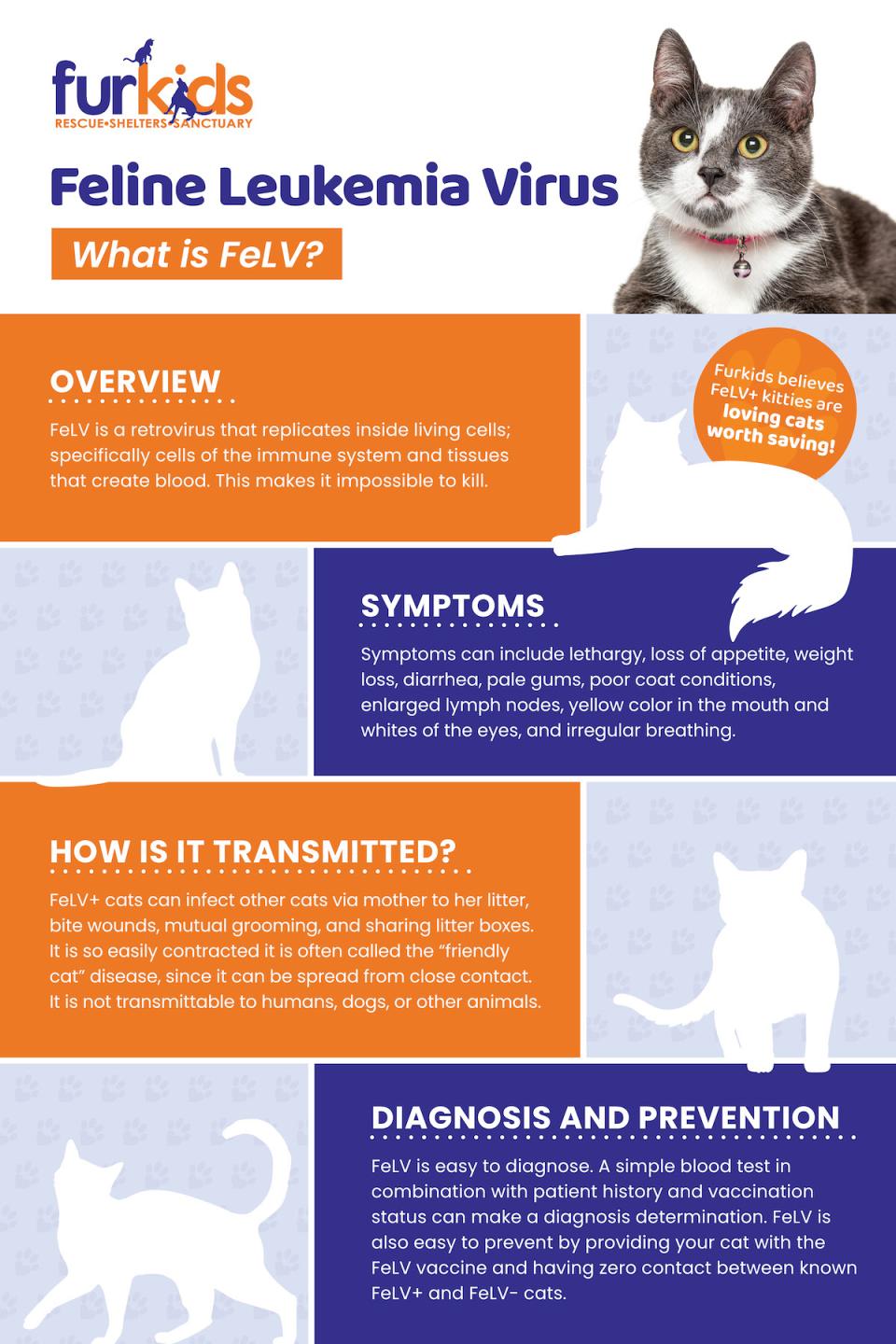
Felv Cat Facts Furkids Georgia S Largest No Kill Animal Rescue Shelters
Feline Leukaemia Virus Infection
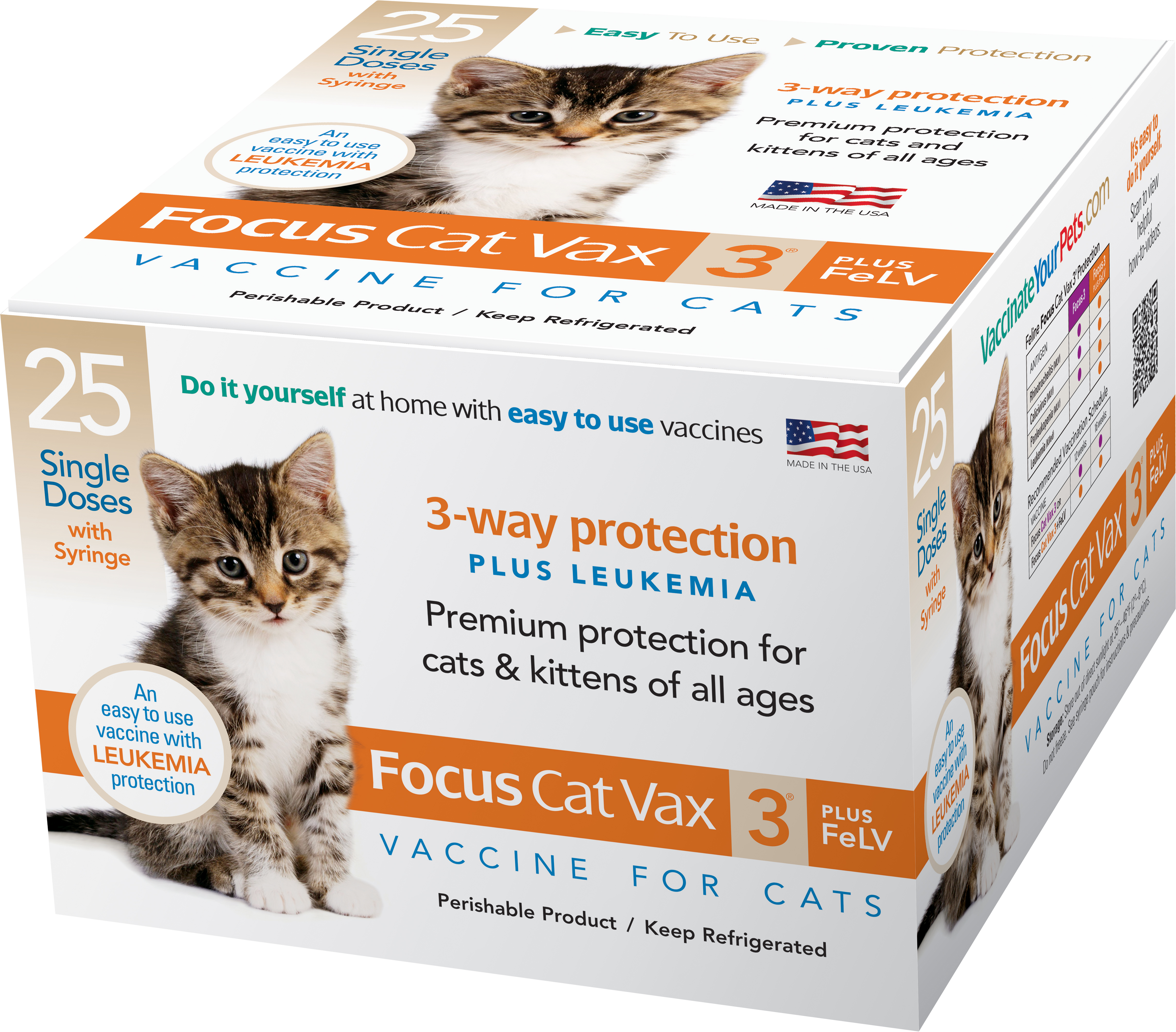
Focus Cat Vax 3 Plus Felv Durvet

The Facts About Felv Hermitage No Kill Cat Shelter

Feline Leukemia Felv And Feline Immunodeficiency Virus Fiv When Should Your Cat Be Tested
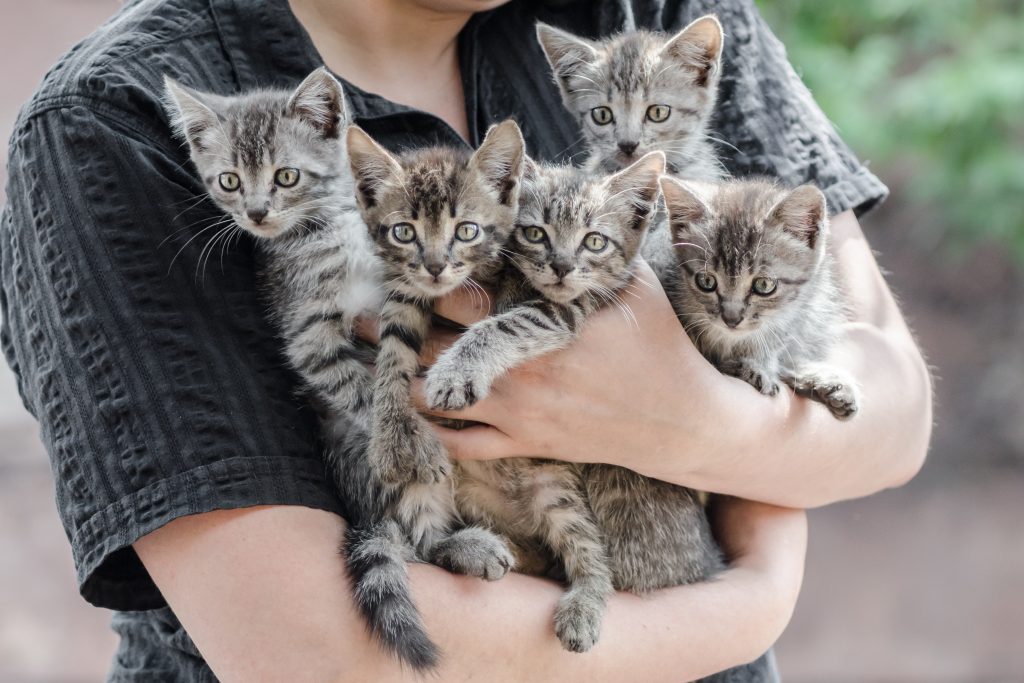
Feline Leukemia Felv American Humane American Humane
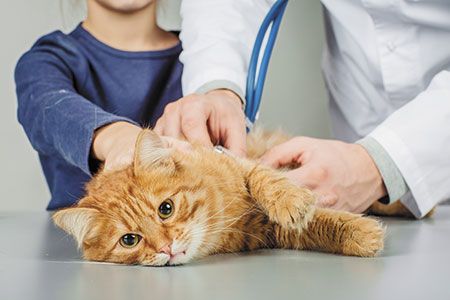
Living With Felv Infected Cats A Guide For Veterinarians And Their Clients
Feline Leukaemia Virus Infection

Nobivac Felv Revival Animal Health
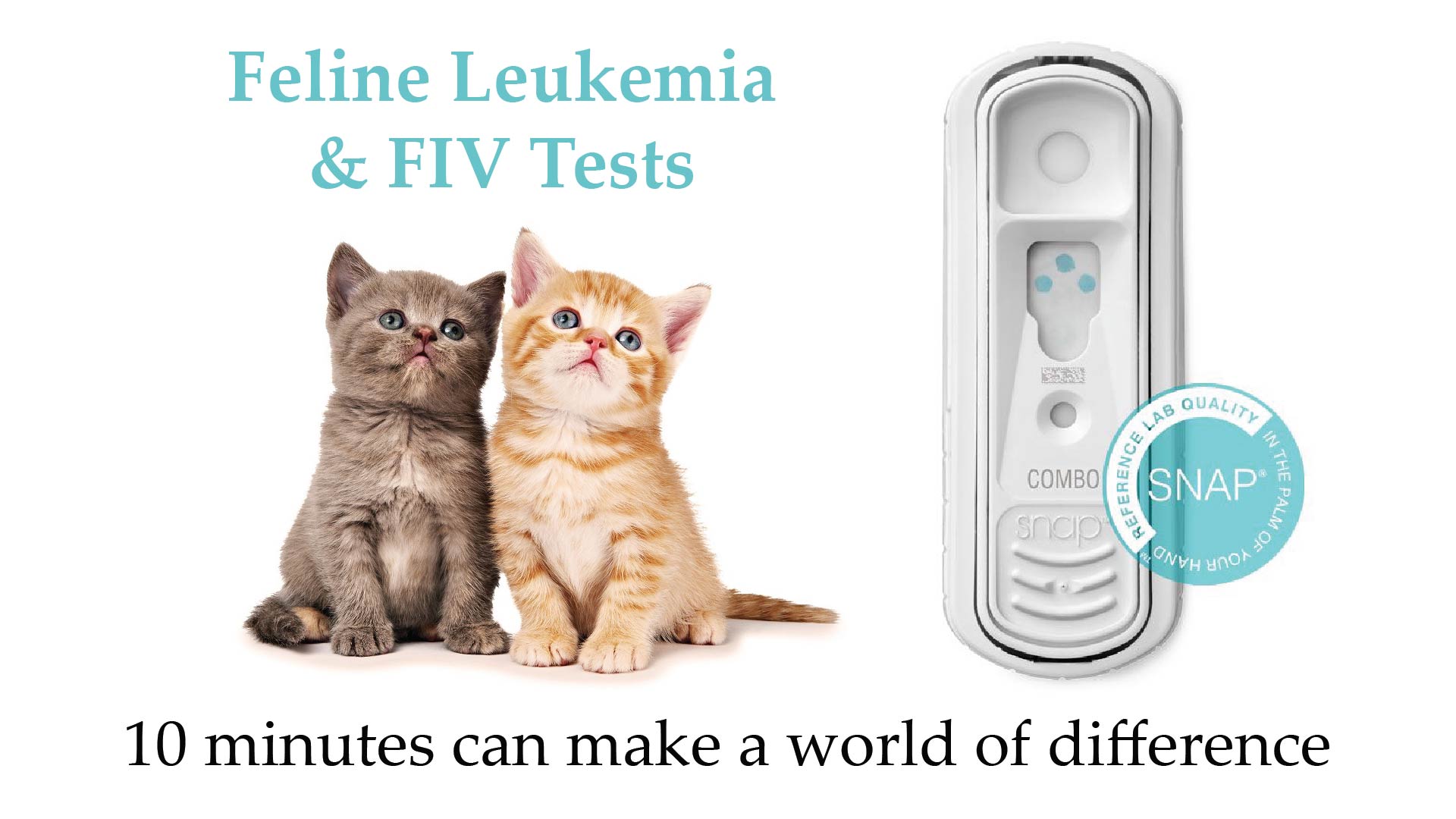
Diagnostic Tests Felv Fiv Cats Only Veterinary Hospital

Cat Leukemia Causes Signs Treatment Canna Pet
Feline Leukemia Virus Vaccination Today S Veterinary Practice

Feline Leukemia Vaccine Felv For Cats Great Pet Care

Msd Animal Health Hub Nobivac Felv Suspension For Injection For Cats

Focus Cat Vax 3 Plus Felv Vaccine 1 Dose With Syringe On Sale Entirelypets Rx
Feline Leukemia Chastain Veterinary Medical Group
/adult-cat-vaccination-schedule-4846632_V4-ff36ccb34d74410d9652b4307a26e8b3.png)
What Is The Average Adult Cat Vaccination Schedule
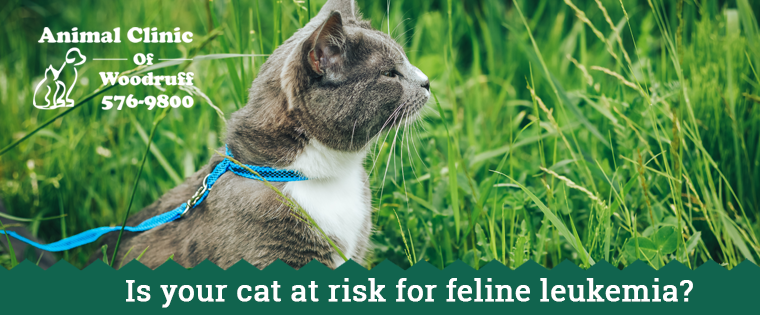
Feline Leukemia Virus Felv Animal Clinic Of Woodruff Spartanburg Sc